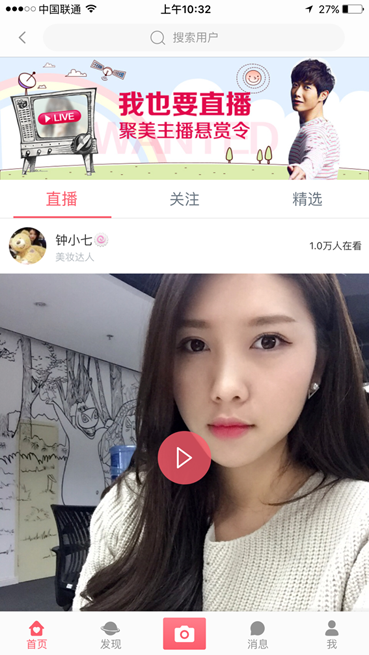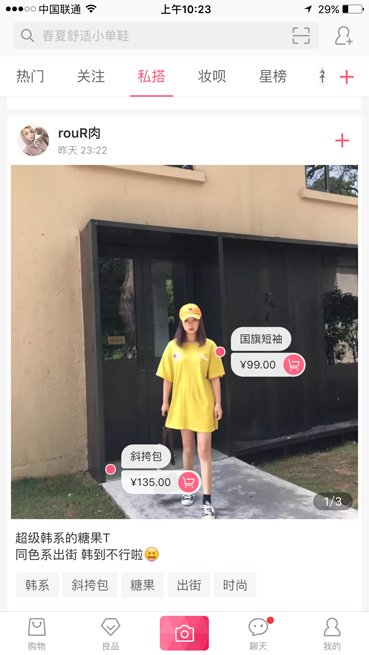
Open the mobile phone’s application store, you will find a wide range of products in it, dazzling and dizzying.
There are a total of 1.5 million products in Apple’s app store, and a large number of products can be provided to users, but there are usually only a few apps in the user’s mobile phone. This makes me think about a question: What exactly is needed for a good product that is well-loved?
After careful consideration, I gave my own answer: A good product requires user participation.
why? Here is an example from Microsoft, hoping to inspire everyone:
After Microsoft achieved great success in the PC era, it encountered many setbacks in the Internet era. It was very painful at the time. It didn’t understand why startups like Google, Facebook, and even some other small companies, which are so small, could develop so quickly under the competitive pressure of facing Microsoft; they even surpassed Microsoft in some respects. . Where is the problem?
Microsoft has always pursued the “most perfect” development model, which is a development model that can’t make you mistakes, and every cycle must be so rigorous. No one can make mistakes if this plan is to be implemented. This is a problem in itself. You can see: The whole process is that engineers are working behind closed doors to make the best product they think is the best product, but the user has not participated in it at all, and the user has never used it before. How can you guarantee that the product is good and suitable? Is the user’s or even perfect? Therefore, products that are in contact with end users must involve users, listen to users’ comments on your products, and improve and perfect products based on users’ comments in a timely manner. In a word: what users say is really good!
According to the level of user participation in the product, I think it can be divided into two types : heavy mode and light mode .
First of all, re-mode . In this mode, users will deeply participate in and use the product. Generally, they will show a high degree of activity and gradually establish trust and dependence on the product. Sometimes they can even get a sense of belonging and belonging from the process of product use and participation. Pride. What kind of product is a heavy model? I think there are two types: the first, users are deeply involved in the product development process; the second, the product itself needs to be deeply involved by users, and the product content is produced and output by users on the platform.
Xiaomi is a typical case of the first heavy model. It allows users to participate in the product development process. Xiaomi’s engineers have to soak in the forum every week to listen to everyone’s opinions on Xiaomi’s products and user needs “floating on the water”. After knowing the user’s pain points, the engineers You can develop new functions or make improvements on the basis of the original products to solve user problems. Xiaomi has always maintained the high efficiency of iterating products once a week. Perhaps the product bugs raised by users this week will be fixed in the new MIUI system next week, and users are really involved in the product development process.
In the second heavy model, the product itself requires deep involvement of users; in other words, users are producers. There are many such products, and the user activity is also very high. For example, Wikipedia is the product of this user model. The creators of Wikipedia are not a group of carefully selected experts, but thousands of fans, enthusiasts, and bystanders, but they have created a very great product. In this mode, users not only use the product, but also own the product. The sense of ownership makes users not only complain about problems, but also participate in improving the product, achieving “everyone is a product manager.” Now live broadcast products such as Inke, Weibo, Douban, Zhihu, Baidu Zhizhi and other products actually belong to this model.
There is also a light model of products , that is, the degree of user participation in the product is relatively light. Such products generally have obvious main functions, and users often use products for specific purposes and needs. For example, many current e-commerce products have added functions such as community or live broadcast in order to enhance user participation and activity. In the Jumei Youpin app, a community function has been added. Users can watch the live broadcast of beauty experts in the community, post their own dynamics, etc.; there is also a community in the Mogujie app, where users can share Meimei’s clothes and watch private servers in the community. Master’s live broadcasts, discussing the latest and hottest topics, etc.; in the Jingdong app, there are also stories and other content, telling some life skills or science popularization of daily knowledge, etc. There are indeed many different forms. In fact, there is only one ultimate goal: to retain users, allow users to spend more time using the product, have a greater interest in understanding the product, and finally pay for the product. However, under this model, the enthusiasm of users to participate is not very high, because users still have not developed a habit today. How to increase users’ enthusiasm for participation and cultivate users’ habit is a question that requires deep thought and consideration.
Jumeiyoupin:

mushroom Street:

How to improve the user’s sense of participation? Here are three suggestions:
First, make it clear who the product is designed for . That is to determine who the product’s target user group is, and analyze what common and personalized features they have. Do not grab eyebrows and beards when making products. Not only can this approach not help all users solve problems, but the pertinence and effectiveness of problem solving will also be greatly reduced. Imagine using “neutral gray” for the color of the interface buttons of an elderly phone, instead of using “strong contrast of contrasting colors”, it would be extremely difficult for the elderly users to use it. Moreover, the more specific the segmentation of the target group, the easier it is to achieve precise marketing, and the stronger the user’s sense of participation will be.
Second, build trust and create value for users . The user’s sense of participation is based on trust. Only when a user trusts a product will he be willing to participate, use, and even promote the product. And how is trust established? It requires products to continuously create value for users, so that users can perceive the existence of users for a long time. There are many ways to provide value, but these must all be based on the first point, that is, on the basis that the problem of clarifying who the product is designed for has been resolved. Think about the characteristics of your target group and what problems they need to solve. After you understand these, it is not difficult to provide value to users.
Third, create topics and activities in a timely manner to ignite users’ enthusiasm for participation . I believe everyone can understand this. Tmall’s Double Eleven should be the most successful case. Originally it was just an ordinary day of the year. It was a festival at best-Singles Day, but Alibaba creatively made it the most grand event on the Internet, making all Chinese netizens active on this day. Get involved. Therefore, timely manufacturing activities can arouse users’ enthusiasm for participation, which is a good way to increase user activity.
After finishing these three points, I will give you a real case. We will analyze the success of this product from these three points.
This product is a public account for middle-class parents, providing scientific knowledge of childcare for 0-3 years old. The official account has only been in operation for 5 months, attracted 120,000 followers at zero cost and has recently received RMB million in angel round financing. At present, it has begun to experiment with e-commerce in the official account, selling early education products such as children’s picture books, and achieving profitability, becoming a profitable “self-media”. So, how did it succeed?
- The target group is very clear, only for middle-class parents, because parents of this class are most able to accept the concept of scientific parenting and have considerable purchasing power.
- Continue to provide users with value. Up to now, more than 300 original articles have been produced, and more than 90% of the content is written by its founder himself. In order to ensure the scientific authority of the content, the founder took several websites representing authoritative views in the field of pediatrics, including the American Pediatric Association, as the only source of content learning, and resolutely rejected all traditional but unscientific parenting methods. It can be seen that these high-quality parenting content provides users with high value, so that users are willing to build trust in the product and promote the product.
- Regular activities are created, and a well-known parenting expert in the industry is hired every week to give public lectures for fans to explain and interact on topics that parents are interested in (how to perform complementary food feeding). These activities greatly stimulate users’ sense of participation.
What exactly does a good product need? In my opinion, it is to let users participate, listen to their suggestions, and continue to create value for users. In one sentence, the user model is more than everything!

